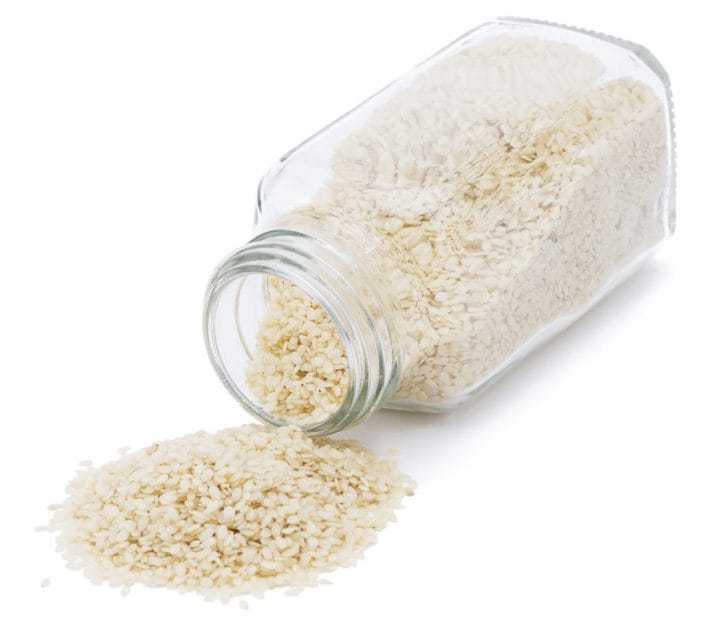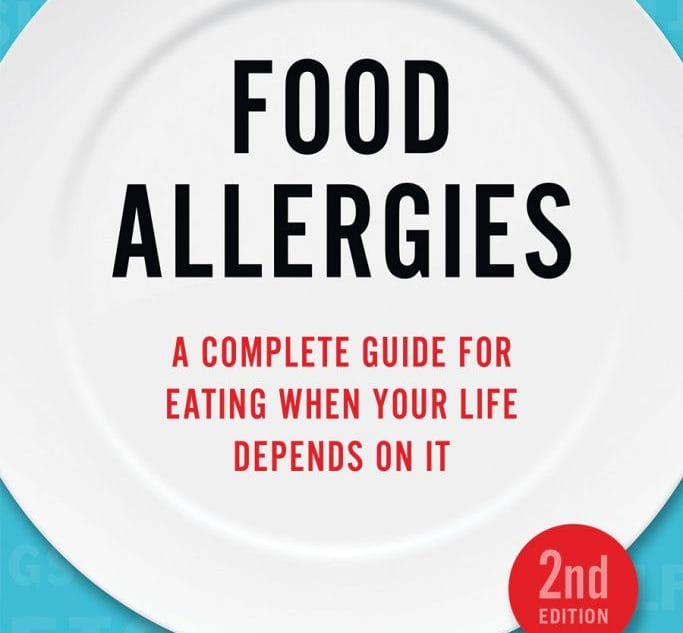
A few years back, the news media reported the results of a study that found that many nut-allergic children were unable to recognize common nuts. While some allergy parents were offended by the suggestion that, in trying to shield their children from danger, they had not taught them to recognize their allergens. Others, however, felt that the researchers’ comments had merit: children must be able to recognize allergenic foods in order to avoid them.
I was reminded of the time when my son Julian (then 6) unwittingly played with peanuts. We were at a cottage exhibition and had stopped by a booth with birdhouses and feeders. Waiting for me to pick a birdhouse, Julian amused himself by picking up handfuls of feed, letting it sift through his hands, like sand. He did this for a while before I noticed something light-colored among the seeds.
Grabbing his hand, I snapped, “Do you know what you’re touching?” I whisked him off to wash his hands, noting what I thought to be obvious – there were peanuts in the feed. Then he told me that he had never seen “peanuts like that” before.
Calmly Avoiding Allergens
Not having any small pets, we had never bought animal feed. The peanuts that he recognized were not in pieces, but whole, darker (roasted), in the shell or in peanut butter. I apologized for my outburst, explaining that I had reacted spontaneously, yelling, not out of anger, but out of fear for his safety.
This episode (and several others) taught me that while it is important to teach children how to avoid danger by recognizing their allergens, it is equally important to teach them how to respond calmly when allergens are present in their environment, and how to gently remind others of potential risks. Over the years, I’ve learned to contain my anxiety and bite my tongue when I’ve been tempted to say to my child and others, “But you don’t get it, this could cause an allergic reaction.”
The holiday season presents a challenge for those faced with food allergy. Danger seems to be ever present with an abundance of food: shrimp rings, trays of nuts, dairy-containing veggie dips and sauces, and baked goods and sweets full of many allergens.
While social outings can be anxiety-provoking, try to use food-related events to teach children to navigate safely, to be on guard for both obvious and not-so-obvious risks. Through our behavior and attitude, parents can show children how to inform others graciously about their food allergies. These lessons will carry them through life.
Holiday Checklist
• Teach young children to say “no thanks” to unapproved foods. ’Tis the season of sharing and well-meaning adults and children, who will offer food without consulting the parent. Through role play, teach your child to say “no thanks” politely to anything that you have not approved.
• Bring goodies so your child doesn’t feel left out. Involve him in selecting or making a really special (read “junky”) treat. A pack of raisins won’t measure up when all the other kids get super hero holiday cupcakes.
• Be a role model, children learn from our behavior. Though I’ve instinctively wanted to remove all shrimp rings and nut trays, I came to realize that Julian had to learn how to avoid food allergens as they will be around him in everyday life, not just during the holidays. We taught him to avoid buffets, scrutinize food labels, and wash his hands regularly.
By the time he was in the teen years, we expected him to make his own inquiries when dining out, asking waiters or friends about ingredients in a way that makes them feel empowered to be able to accommodate his needs.
• Lighten the load for the host. Offer to bring a dish which is safe for your child and can be enjoyed by others. At our neighborhood New Year’s Eve potluck, my family used to take care of the kids’ meal – pizza, veggies, and potato chips – a popular treat for all of the kids.
• Be careful of what others don’t know. Friends and relatives may know how to avoid obvious allergens such as peanuts and nuts in baked goods, while they may forget about nut extracts or that butter is, in fact, made from milk. They might not be aware of the risks of cross-contamination through shared utensils. They also may not be label savvy, and not realize your child cannot eat foods that has “may contain” warnings for allergens.
• Remind your food allergic teen about kissing risks. Talk to your teen about the importance of teaching his date about his food allergies. An intimate kiss could trigger an allergic reaction if his date has eaten something to which he’s allergic.
Here’s wishing you and your family safe, happy holidays.
Laurie Harada is the former executive director of Food Allergy Canada, www.foodallergycanada.ca.





